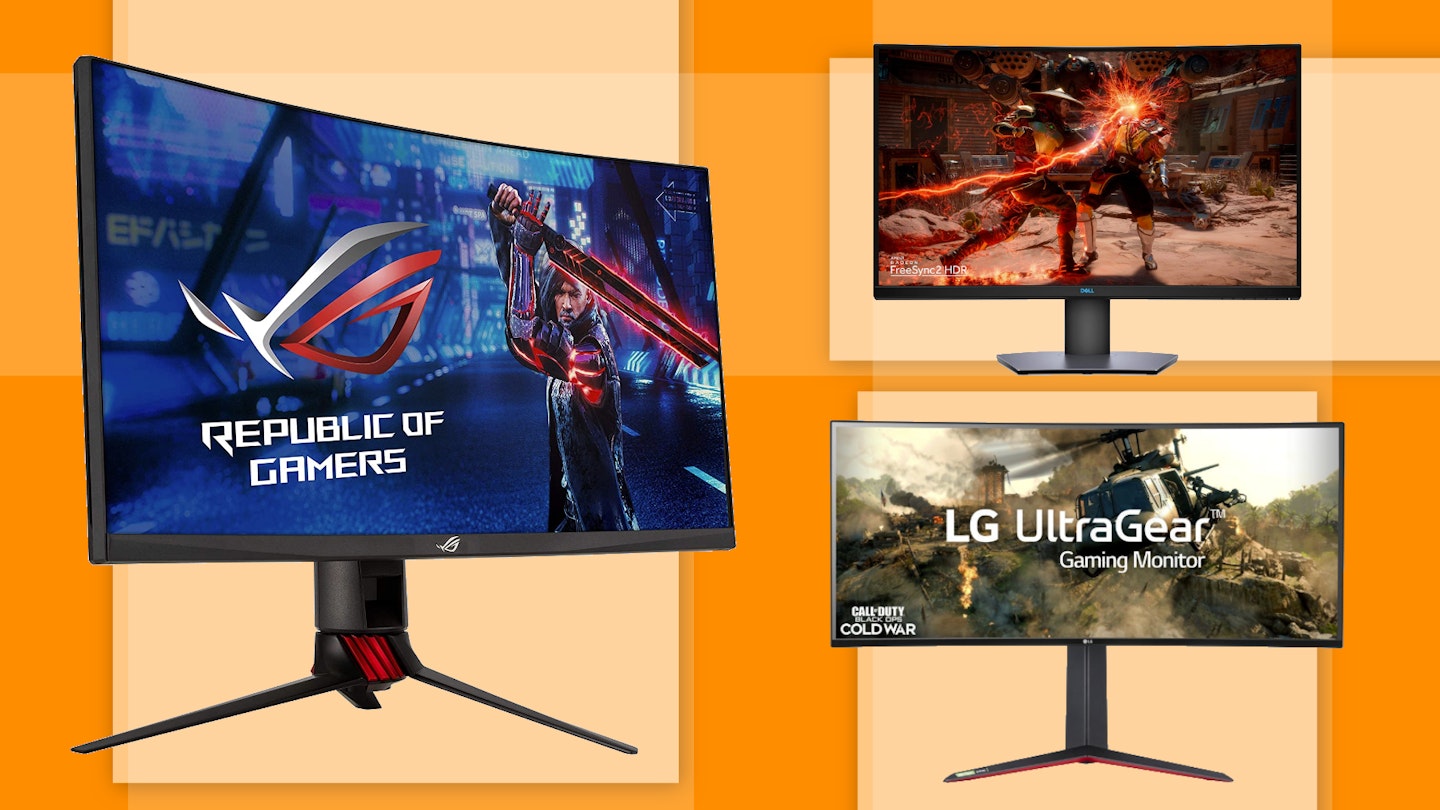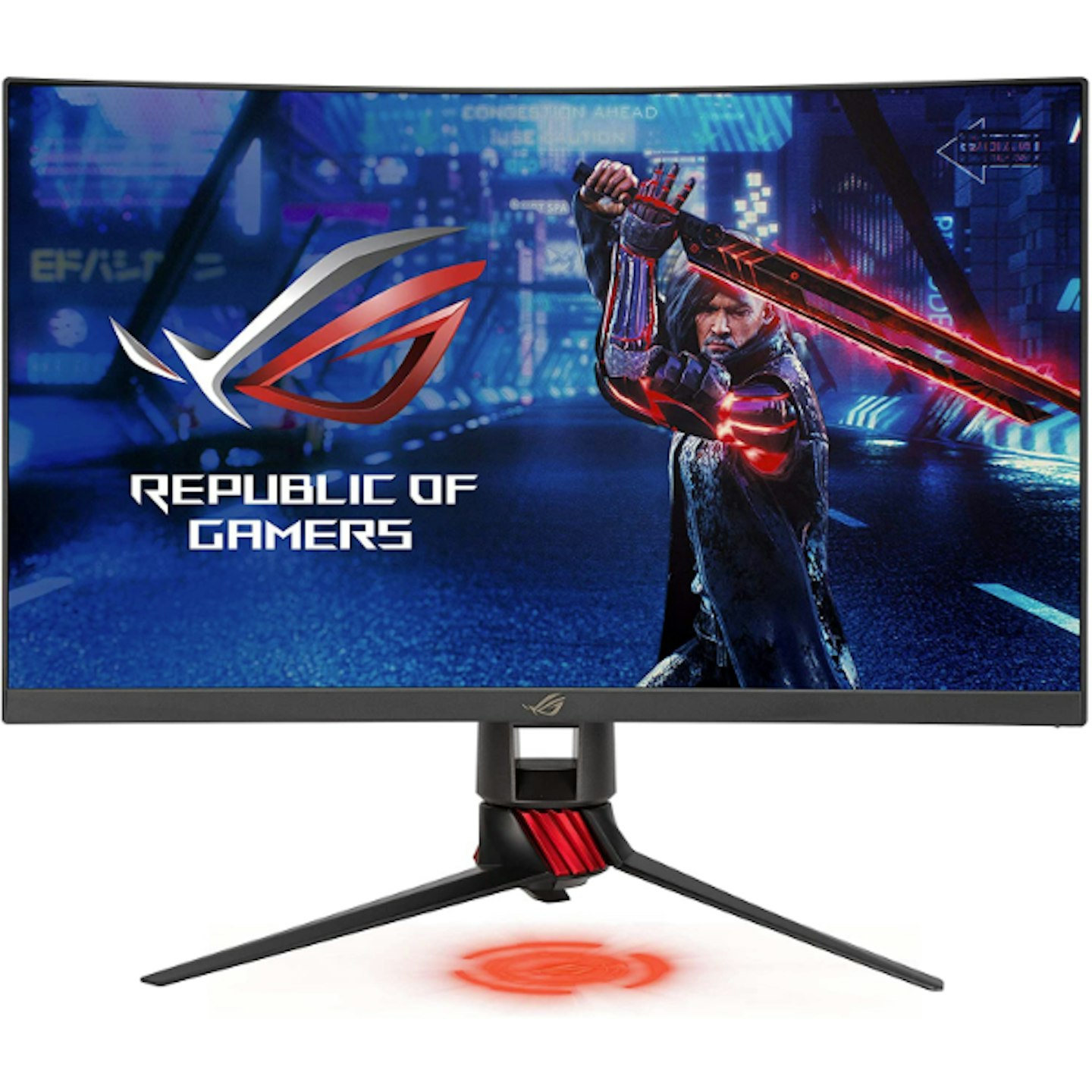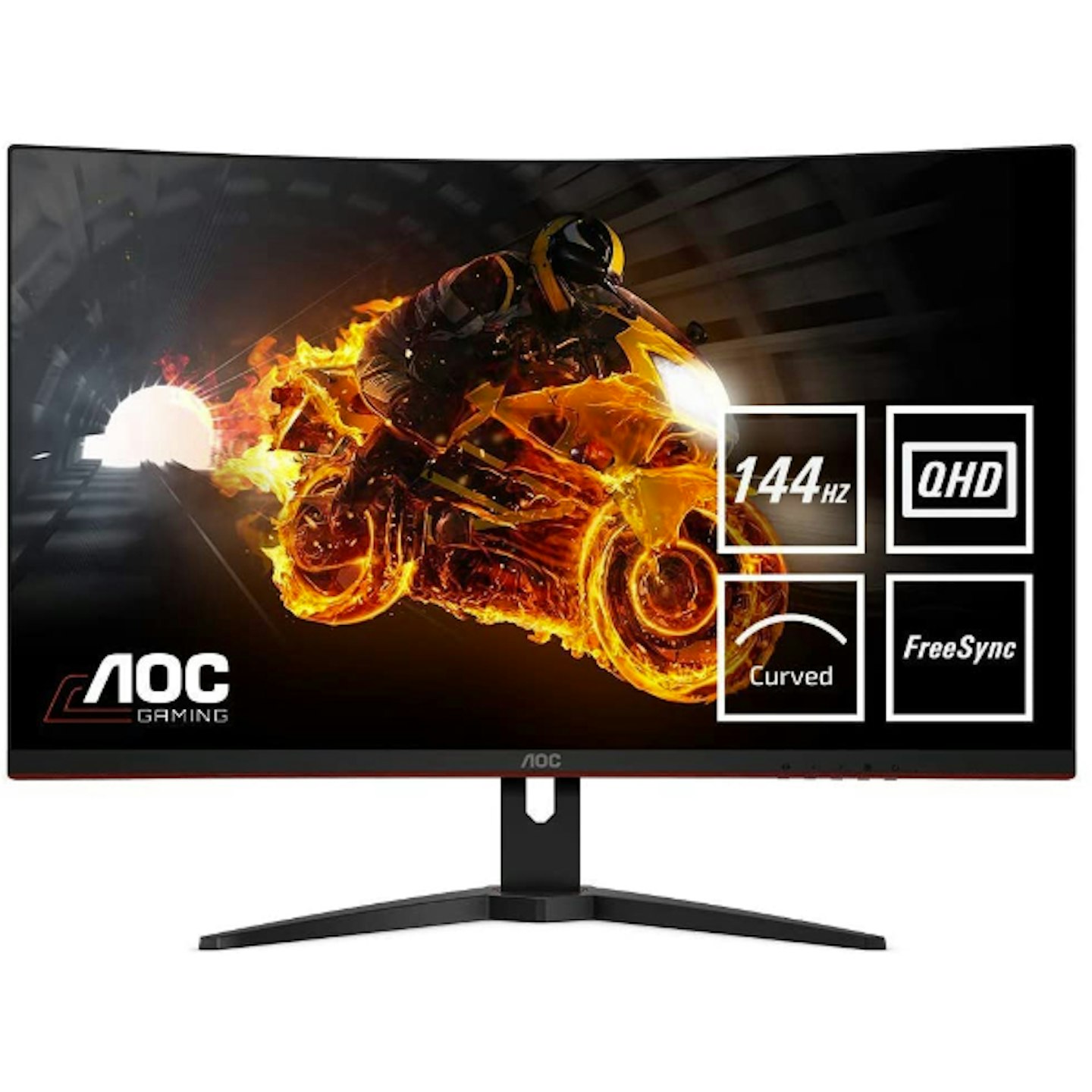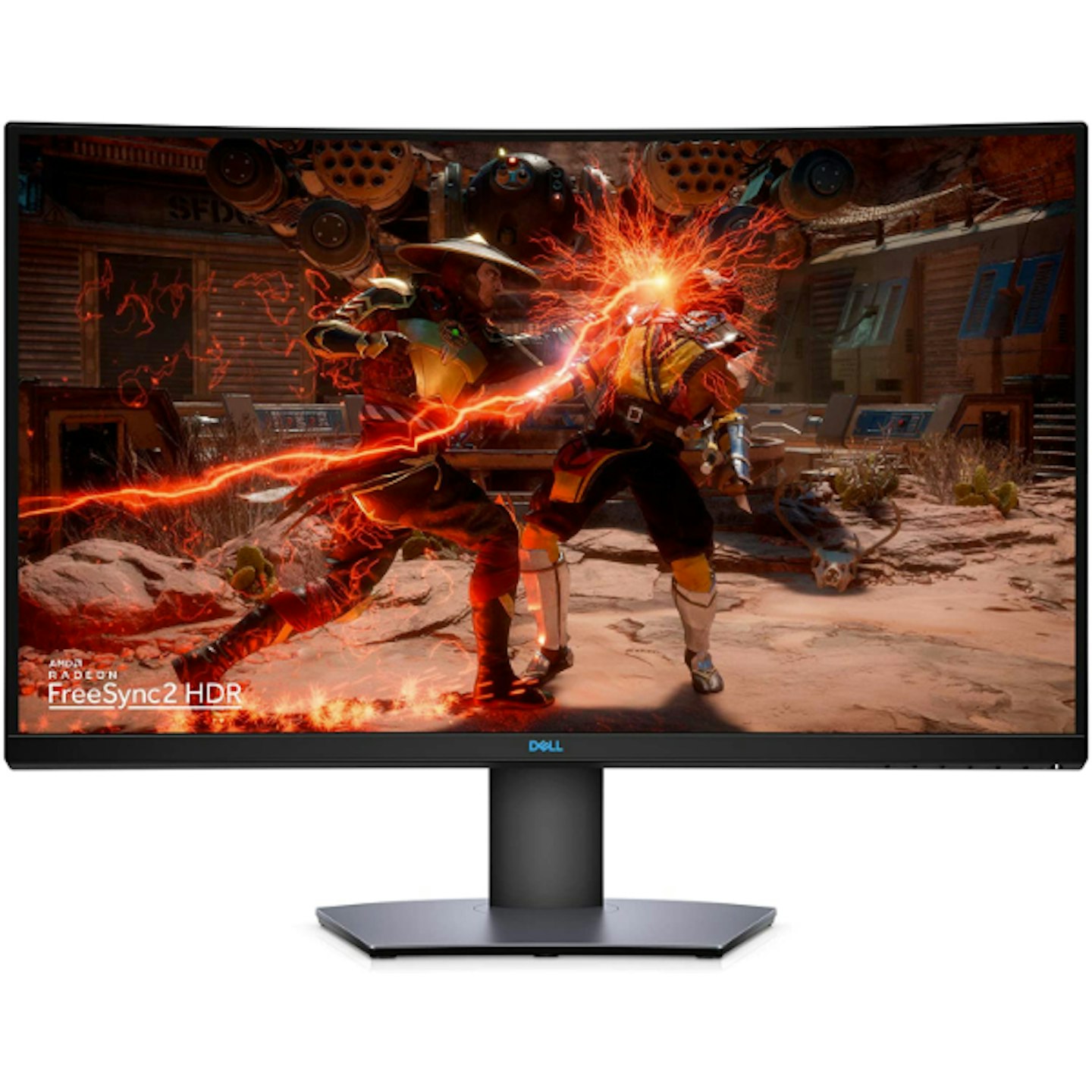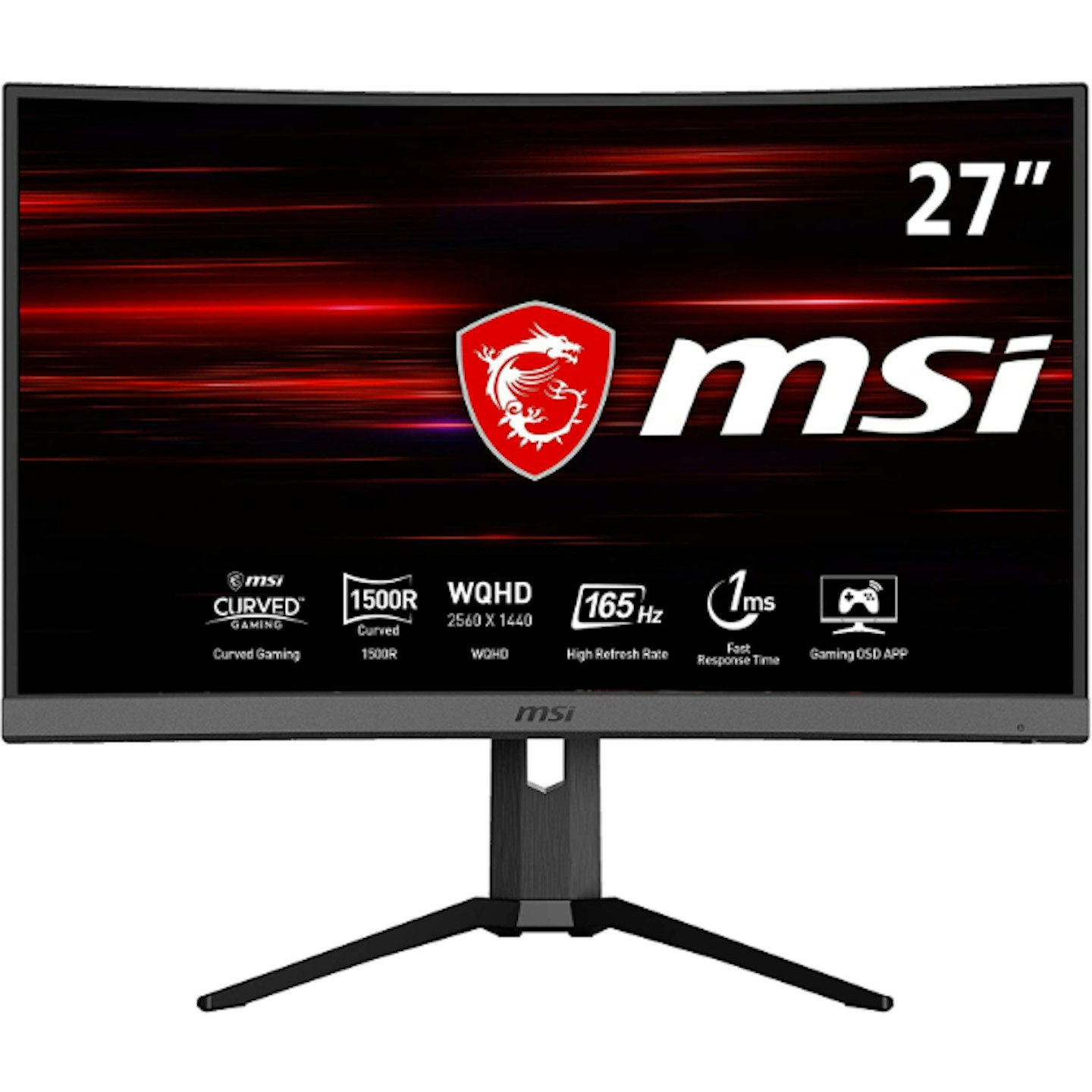As the technology behind our favourite video games grows in power, the demands on our monitors screens grows ever more, well, demanding.
One point of friction is the intersection between resolution and refresh rates. While NVIDIA and AMD are releasing graphics cards capable of hitting ray-traced 4K UHD at comfortably over 60fps, for many gaming enthusiasts, the investment is too steep - a compromise needs striking. That’s where 1440p/144Hz monitors come in.
Hitting an ideal (and hugely popular) balance between detailed resolutions and lightning-quick refresh rates, a 1440p 144Hz monitor can be a valuable and budget-friendly purchase. Plus, this modest approach to pixels and Hz means that other areas of a monitor, like HDR, VRR or LED panels, can be better represented for a reasonable price. These improved features will not just smooth out your gaming visuals, but ensure that they are of higher quality, with greater depth, colour and luminosity.
To help you find the best 1440p 144Hz monitors, we’ve rounded up our favourites below.
The best 1440p 144Hz monitors at a glance:
A further strength of the 1440p 144Hz monitor is its versatility. While the monitor finds its origins deeply embedded in the PC gaming community, its balanced resolution and refresh rate also sees it growing in popularity with console gamers.
The Xbox Series X and S, and Xbox One X and One S, all carry 1440p support. A solid 1440p monitor will also work as part of a versatile setup that includes a PlayStation 4, PlayStation 5 or Nintendo Switch console - just note that these consoles do not support 1440p, so only 1080p will display.
The best 1440p 144Hz monitors
With a 27-inch 1440p curved screen, VA panel, 165Hz refresh rate and DisplayHDR 400, thereu2019s plenty to take advantage of on the ASUS ROG Strix XG27WQ. Its 93% DCI-P3 and 125% sRGB coverage also holds the promise of bright, popping colours. The always-welcome FreeSync Premium Pro VRR is here, too. Though on paper, its specs donu2019t seem too far from cheaper options on the list, in practice, the entire experience with the XG27WQ is a wholly refined and well-executed one.
Pros
- Stunning in-game visuals
- Good colours for VA panel
- Solid HDR
Cons
- Expensive
| Screen: | 27-inches |
| Resolution: | 1440p |
| Panel: | VA |
| Max refresh rate: | 165Hz |
| Response time: | 1ms |
| VRR: | FreeSync Premium Pro |
| Connections: | HDMI 2.0 x2, DP 1.2 x2, USB 3.0 x2 |
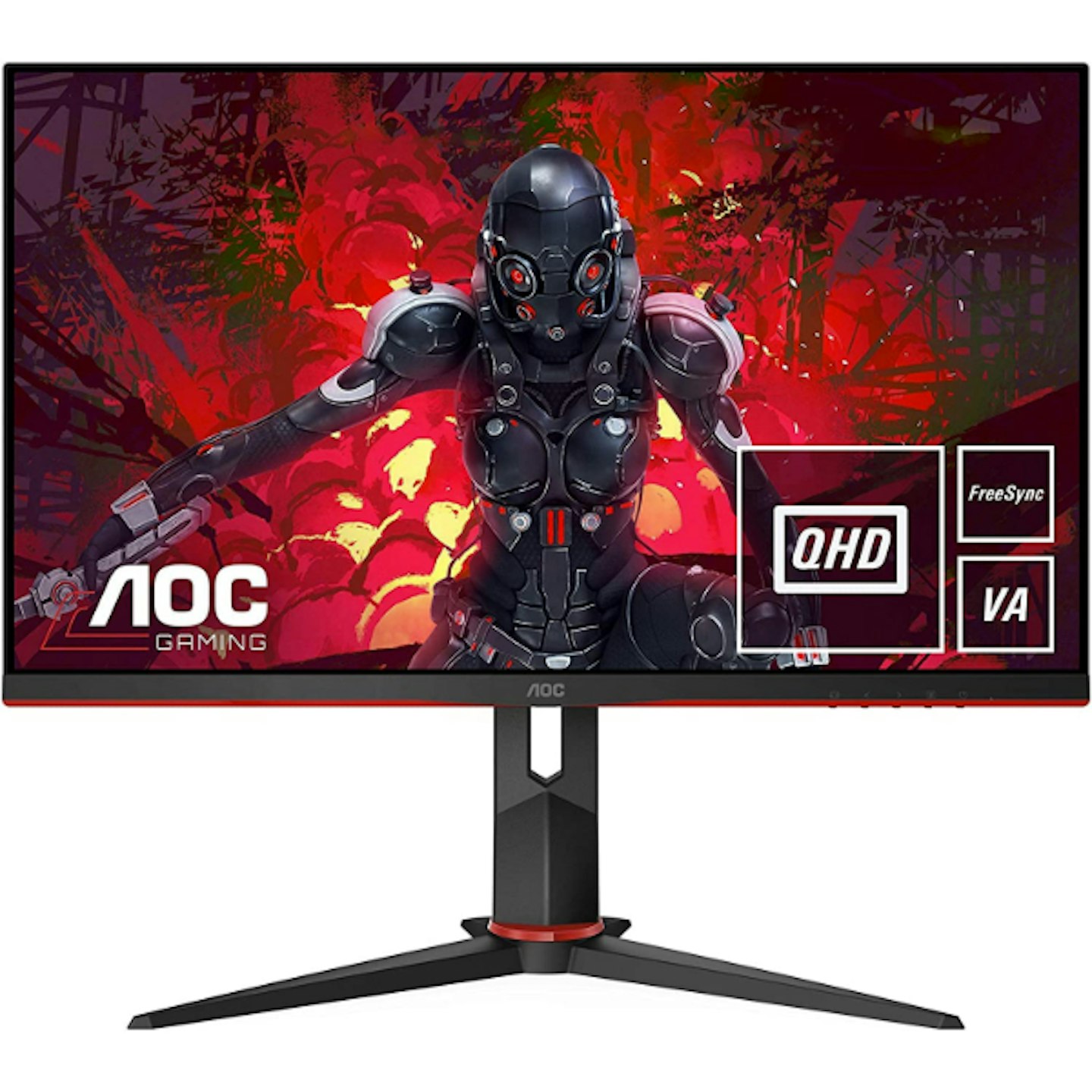
With a 144Hz refresh rate and 1ms response time, the Q27G2U is more than capable of keeping up with fast-paced and frenzied gameplay. The VA panel has a 121% sRGB colour gamut and HDR, providing a rich image. The AOC Q27G2U is well-placed to be a top pick for multi-platform players, too, with its 1440p powers suiting gaming PCs and Xbox Series X|S consoles. Read our hands-on review of the AOC Q27G2U here.
Pros
- Good detail
- Versatile
- Affordable
Cons
- VA has its limitations
- HDR performance isn’t great
| Screen: | 27-inches |
| Resolution: | 1440p |
| Panel: | VA |
| Max refresh rate: | 144Hz |
| Response time: | 1ms |
| VRR: | FreeSync Premium |
| Connections: | HDMI 1.4 x2, DP 1.2 x1, USB 3.0 x4, 3.5mm audio out |
Strangely, the 1440p resolution and 144Hz refresh rate are the two least exciting elements of this monitor. What draws this into the list as a stand-out choice is the huge 31-inch curved screen. Such a size isn't only useful for showing you more of a game, but also drawing you further in for a greater sense of intimacy, immediacy and immersion. It's well-stocked with ports too, so it can serve a gaming PC just as easily as the Xbox Series X|S.
Pros
- Large screen
- Immersive curve
- Rapid speeds
Cons
- VA is a slight compromise
| Screen: | 31-inches |
| Resolution: | 1440p |
| Panel: | VA |
| Max refresh rate: | 144Hz |
| Response time: | 1ms |
| VRR: | FreeSync |
| Connections: | HDMI 2.0 x1, HDMI x1, DP 1.2 x1 |

www.currys.co.uk
Right at the top end of what 1440p resolution can do sits the LG 34GN850, an ultrawide monitor measuring in at an impressive and desk-filling 34-inches. This delivers a great amount of space for work and play, but it's not just size on its side. The curved IPS panel hits up to 160Hz refresh rate with a 1ms response time - NVIDIA VRR is here too, so no more screen tears. If you've got the space and the cash, this is one powerful 1440p purchase.
Pros
- Ultrawide 1440p
- 160Hz max refresh
- Rapid speeds
Cons
- Expensive
| Screen: | 34-inches |
| Resolution: | 1440p |
| Panel: | IPS |
| Max refresh rate: | 160Hz |
| Response time: | 1ms |
| VRR: | NVIDIA G-Sync |
| Connections: | HDMI 2.0 x2, DP 1.4 x1, USB 3.0 x2 |
The S3220DGF from Dell is an impressive and large screen with trustworthy specs and colour representation. The 31.5-inch 1440p screen uses a curved VA panel to deliver a naturally immersive experience, while the 165Hz top refresh rate does all it can to keep everything silky smooth. While the 4ms response time is a tad slower than other options here listed, it's only going to be an issue for those with high-end expectations with graphics cards to match.
Pros
- Large curved screen
- Impressive refresh rate
Cons
- Comparatively slow response times
| Screen: | 31.5-inches |
| Resolution: | 1440p |
| Panel: | VA |
| Max refresh rate: | 165Hz |
| Response time: | 1ms |
| VRR: | FreeSync 2 |
| Connections: | HDMI 2.0 x2, DP x1, USB 3.0 x5 |
MSI has delivered a spectacular monitor in the MAG272. The 27-inch curved display is elegant and immersive and the HDR and WQHD resolution produces a crisp and vibrant image. The refresh rate and 1ms response time keep everything operating with a formidable fluidity. If you're looking to set up a multi-display battle station, the thin edge bezel makes MSI's offering an exciting choice.
Pros
- Great value
- 1500R curve
- Lots of ports
Cons
- Average colours performance
| Screen: | 27-inches |
| Resolution: | 1440p |
| Panel: | VA, 1500R |
| Max refresh rate: | 165Hz |
| Response time: | 1ms |
| VRR: | FreeSync |
| Connections: | HDMI 2.0b x2, DP 1.2a x1, USB-C x1, USB 3.2 Type A x2, USB 3.2 Type B x1 |
What’s with all the generations of HDMI and DP?
Port interfaces have a direct relationship with the resolution and refresh rate a monitor can attain. More recent iterations of the HDMI and DisplayPort interfaces can transfer larger volumes of information, allowing for higher refresh rates and resolutions to be achieved.
Linking your gaming console to the correct port and with the right cable will ensure that your monitor performs to at its best. Here’s a quick guide breaking down the maximum refresh rates and resolutions for HDMI and DisplayPort connections:
HDMI 1.4 - 120Hz at 1080p, 75Hz at 1440p, 30Hz at 4K
HDMI 2.0 - 240Hz at 1080p, 144Hz at 1440p, 60Hz at 4K
HDMI 2.1 - 120Hz at 4K, 60Hz at 8K UHD
Note: Some manufactures use software to artificially raise the 120Hz at 1080p of HDMI 1.4 to 144Hz.
DP 1.2 - 240Hz at 1080p, 165Hz at 1440p, 75Hz at 4K
DP 1.3 - 240Hz at 1440p, 120Hz at 4K, 60Hz at 5K, 30Hz at 8K
DP 1.4 - 144Hz at 4K, 120Hz at 5K, 60Hz at 8K
Note: Mini DisplayPorts match the performance of their iteration. For example, Mini DP 1.3 and DP 1.3 offer the same capacities.
Panel Type
The panel type used in a monitor will effectively dictate the display’s quality, clarity, and response time, amongst other things.
TN – Twisted nematic panels typically have narrow viewing angles and reduced colour depth. However, they have great response times and refresh rates, and are often more affordable.
IPS – In-plane switching panels have large colour depths and viewing angles. This quality of image can sacrifice response time and push up the price.
VA – Vertical alignment panels have large colours depth and a viewing angle that typically sits between TN and IPS. The response times can be less impressive.
